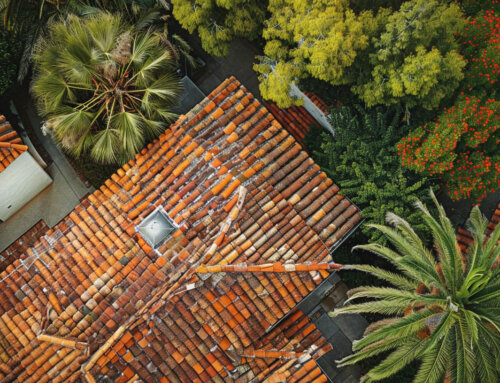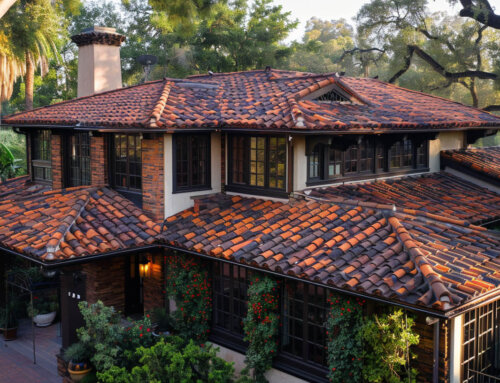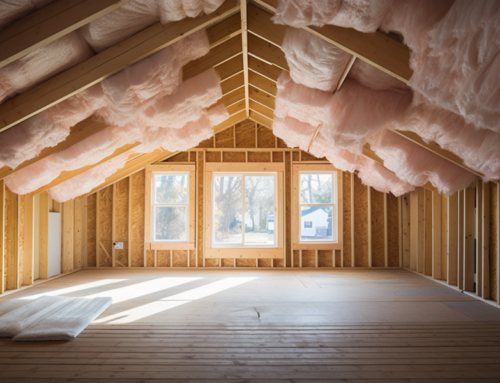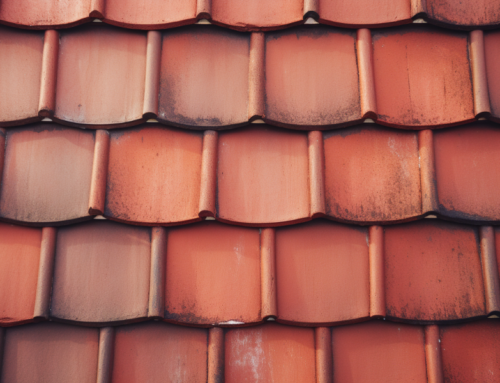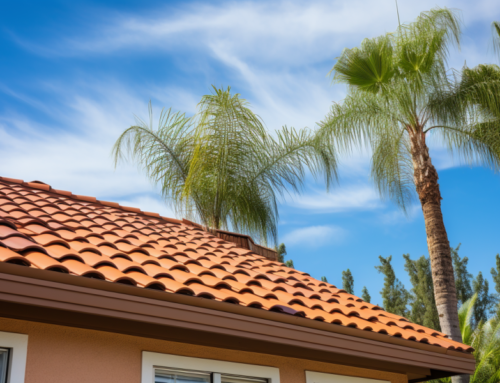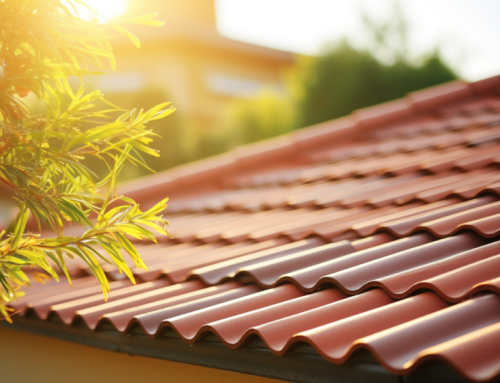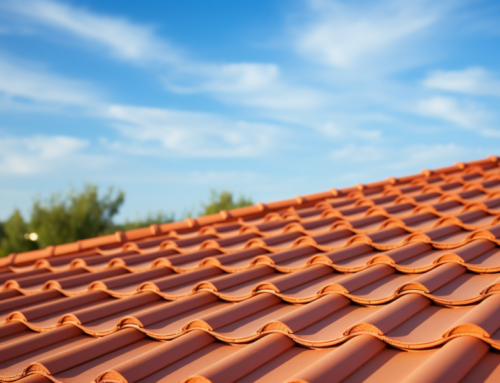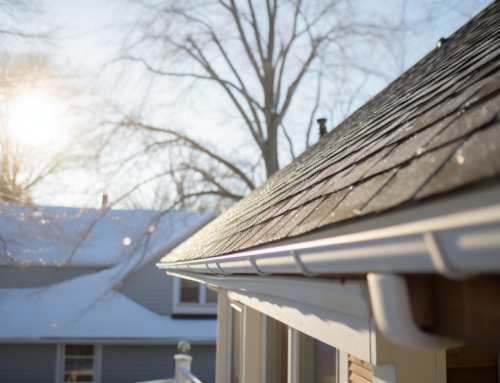Evaluating the Need for Insulation
Insulating your attic roof is a crucial step in ensuring energy efficiency and reducing monthly utility bills. A well-insulated attic ensures a sealed environment, optimizing the climate control of your home’s conditioned space. This not only leads to savings on your monthly bills but also reduces the load on your HVAC system. Over time, the initial investment in roof insulation pays off, given its longevity and the consistent savings it offers.
But how can one ascertain the need for new insulation? Some indicators include uneven temperatures across rooms, prolonged HVAC runtimes, noticeable drafts, or recent rodent infestations that might have damaged the existing insulation.
Pre-Insulation Steps: Roof Inspections
Before embarking on the insulation journey, it’s imperative to inspect the roof. Any water leak can swiftly ruin new insulation. Such leaks, if undetected, can also lead to structural damage, mildew, and mold, which can exacerbate allergies and other health issues.
This inspection phase is also an opportune time to address any air leaks that might be overburdening your HVAC system. Professionals from San Diego County Roofing & Solar can ensure your attic is well-ventilated, preventing condensation and expelling excess hot air during warmer months. They can also assess the state of your vapor barrier, a crucial component that prevents water diffusion into walls, protecting your roof deck.
Making the Right Choice: Insulation Types
Post-inspection, the next step is selecting the apt insulation material. Each material comes with an R-value, indicating its insulating capability. The choice of R-value depends on your region’s climate and whether you’re insulating over existing material.
While fiberglass insulation has been a staple for years due to its affordability and ease of installation, there are more efficient alternatives available today. Spray foam insulation, for instance, offers excellent protection against air leaks. Its malleable nature allows it to fill minute gaps, expanding and solidifying to block air and some moisture. Rigid foam insulation, on the other hand, is versatile, suitable for placement between roof rafters and directly beneath them.
Another eco-friendly option is loose-fill cellulose insulation. Comprising recycled paper and wood pulp, it forms a dense layer, restricting air movement and offering fire resistance.
The Importance of Professional Installation
While DIY might seem tempting, insulation is a domain where professional expertise is invaluable. Professionals can assess your current insulation, recommend the best type suited for your budget and climatic needs, and ensure a flawless installation. They come equipped with the necessary tools and safety gear, ensuring the process is smooth and hazard-free.
San Diego County Roofing & Solar, with its vast experience in roofing in San Diego, is a trusted name in the industry. With over two decades of experience, they have successfully executed numerous commercial and residential roofing projects, offering insulation, maintenance, roof installations, and solar energy solutions. Trusting experts ensures that your investment in insulation is maximized, leading to long-term benefits for your home and pocket.



